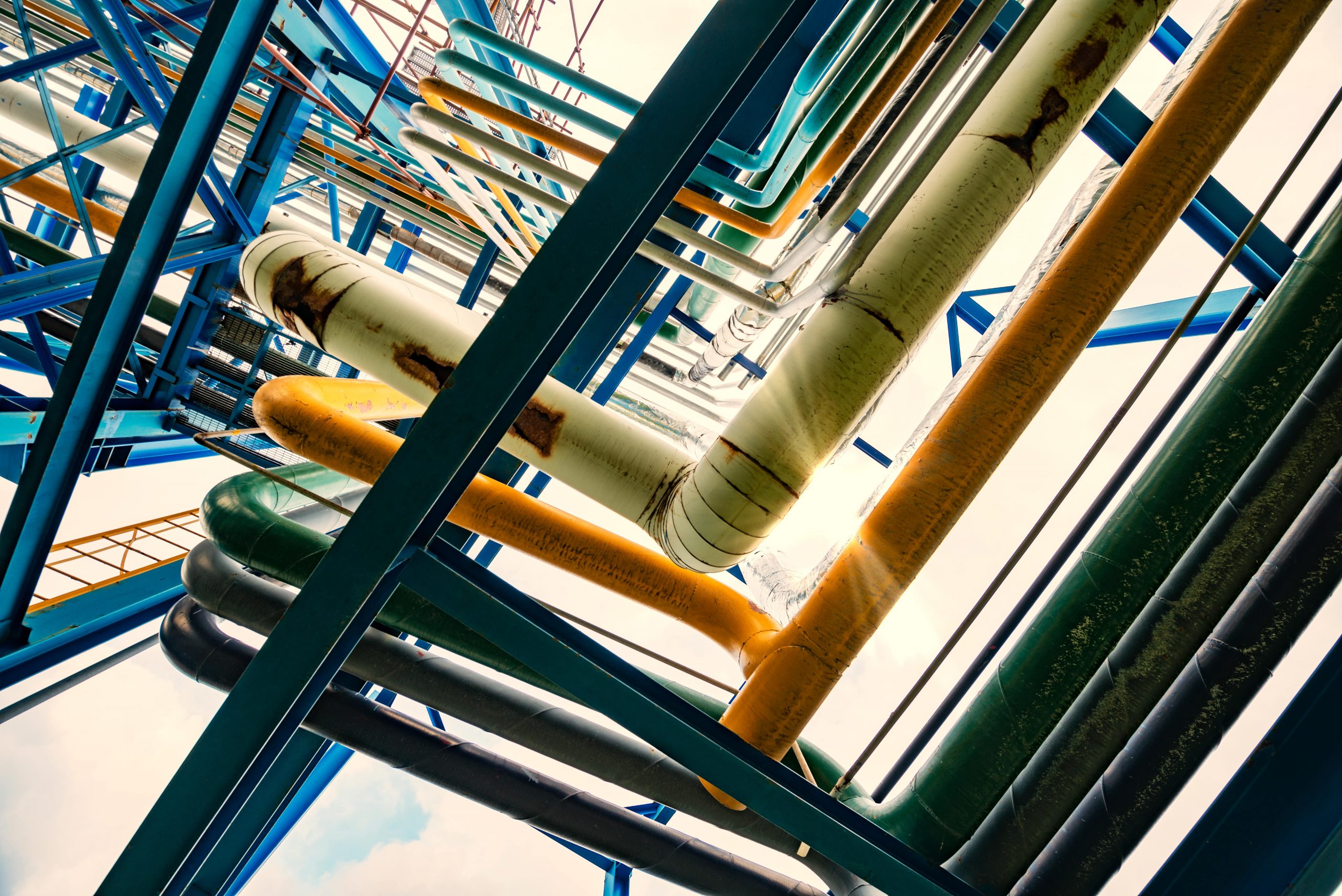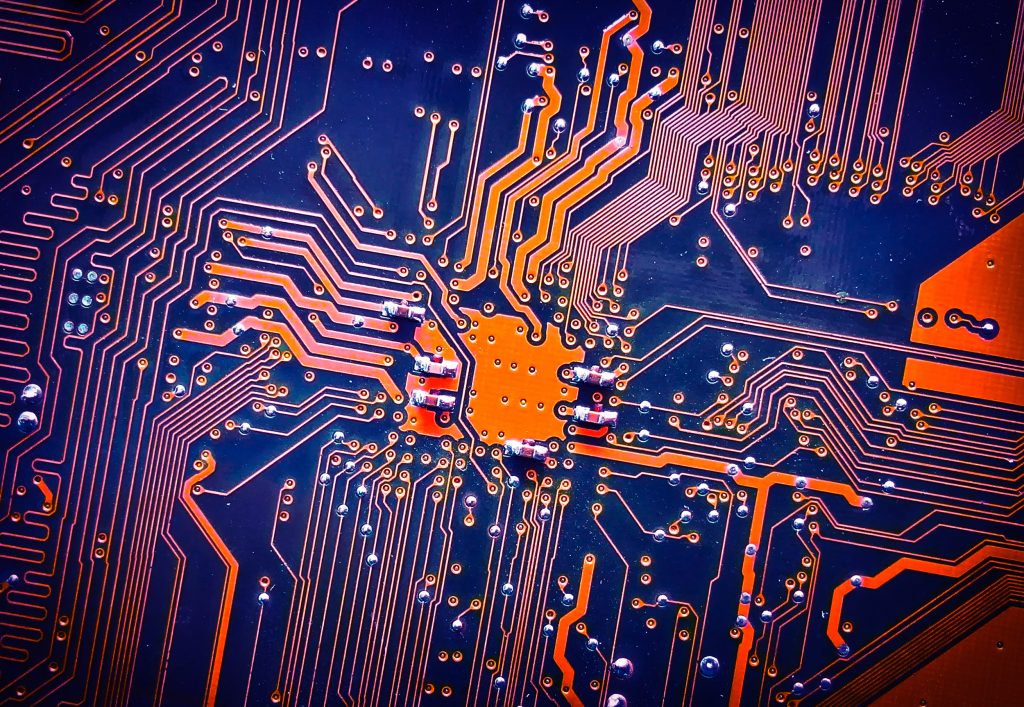Corrosion of metallic components is a natural process that requires attention from many industries. With emphasis on industrial process plants, such as oil and gas, and mining. These industrial process plants are inserted in environments with a high degree of corrosivity.
The corrosion monitoring carried out by these industries has the objective of delaying this process as much as possible. Ensuring a continuous functioning of the systems, and extending the useful life of the components in question as much as possible.
Don’t you know what corrosion monitoring is and why it is fundamental to the functioning of industries? Don’t worry, we have content for you! Just click here and stay on top!
Corrosion of components such as piping, metal structures, and equipment is a major cause of failures in industrial process facilities. It can lead to operational interruptions, high maintenance costs, risks to people’s safety and even major environmental impacts.

What is the solution?
For many of these plants that have a large part of their pipes and equipment made with carbon steel, corrosion is an inherent part of the process. In that way, many managers live with the dilemma of drawing up good plans so that this equipment does not fail.
Some processes allow the option of using chemical additives, which act as corrosion inhibitors. However, these products can have very high costs or may not be applicable where there is interference or contamination of the fluids of certain production processes. Therefore, compromising quality standards.
To control the use of chemical inhibiting products or to assess the corrosivity of the medium when they are not applicable, industry operators tend to draw up Internal Corrosion Monitoring Plans that consist of laboratory tests of specimens (corrosion coupons), fluids and waste materials exposed to the corrosive medium for a specified period of time. After the mass loss calculations of the specimens, a management and maintenance plan can be drawn up.
For monitoring, corrosion coupons are used, which are tools widely used to measure the level of corrosivity to which a pipe is subjected, through standardized laboratory analyzes, resulting in corrosion rates that allow the evaluation of information such as the life of the equipment in question. With them, health managers can design inspection and preventive maintenance plans to maintain reliability and reduce operating costs.
How do corrosion coupons work?
Corrosion coupons are specimens made of the same material as the equipment to be monitored, which will be exposed to the corrosive medium. They are installed inside a pipe to measure the uniform or localized corrosion rate of the system. In this context, following the most used normative standards, coupons must be exposed for a period of 3 to 6 months within the medium.
After this period, the coupon is removed from the pipe and taken to a laboratory where calculations about the loss of mass will be made to indicate the corrosion rates, be it uniform or localized corrosion.

To monitor the corrosion of industries, in addition to coupons, there are electrical resistance probes.
The probes measure corrosion rates based on the increase in their electrical resistance in a given period of exposure to the corrosive medium. The ideal use for this equipment are means where there is low conductivity, the calculation is made by measuring the increase in the electrical resistance of the probe over time.
What are the differences between them?
One of the main differences of this device for the corrosion coupons is the time needed for the analysis result. While coupons take at least 3 months to generate results, electrical resistance probes are able to provide corrosion rate results within a period of a few days, or even hours, facilitating real-time monitoring of the pipeline under analysis.

The probes can also be equipped with IoT sensors, which transmit this data to a data center and cloud software. From this, managers can have access to information that will assist their maintenance strategies.
Want to know everything about IoT and learn about other features of this technology? I have detailed content for you! Click here and read!
Undoubtedly, the monitoring of corrosion rates by the industry should be closely monitored by the plant’s integrity and operation managers. As we saw earlier, this practice tends to avoid higher costs and failures for the operation. The hardware responsible for data collection is widely used and plays very important roles in the industrial process. Because of this, industries search for devices that meet their specific needs, within legal regulations and quality standards.
Want to know what this hardware is, its various applications and specifications? Click here to know the products that the industries have used!


